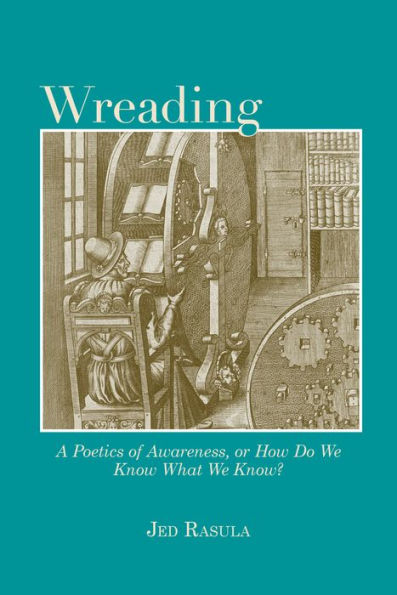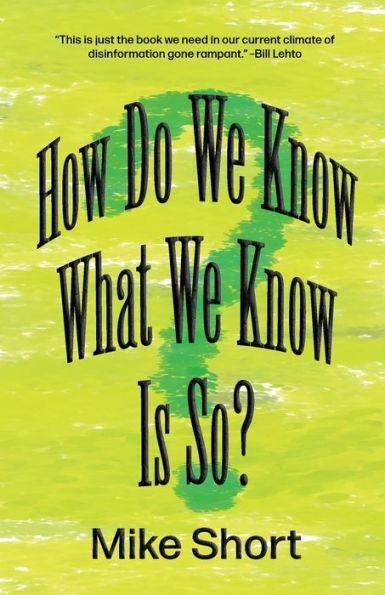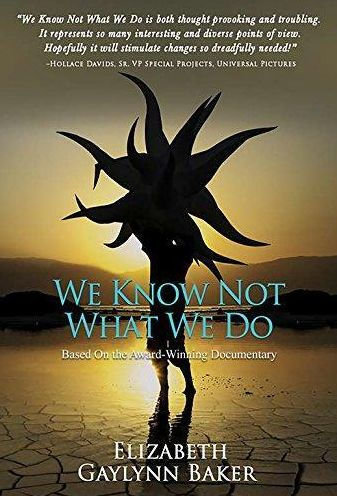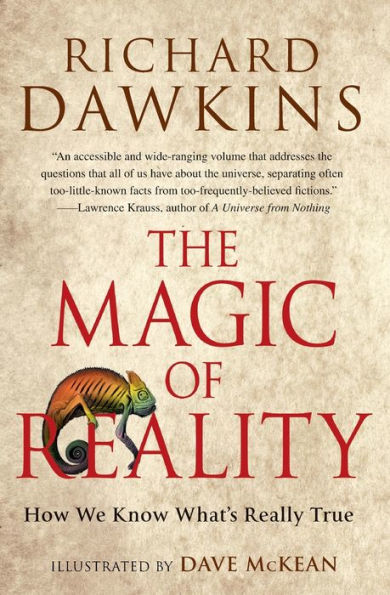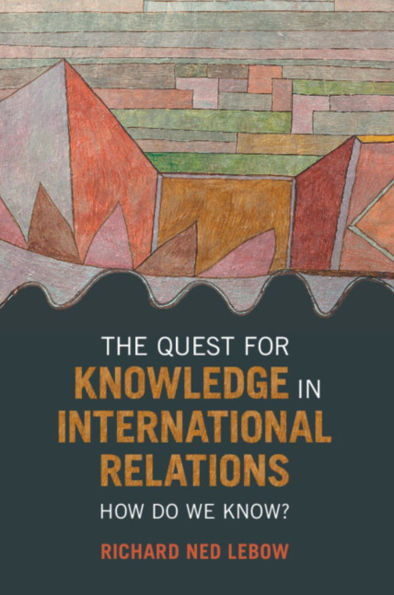Home
The Invented Reality: How Do We Know What We Believe We Know?
Barnes and Noble
Loading Inventory...
The Invented Reality: How Do We Know What We Believe We Know?
Current price: $25.00
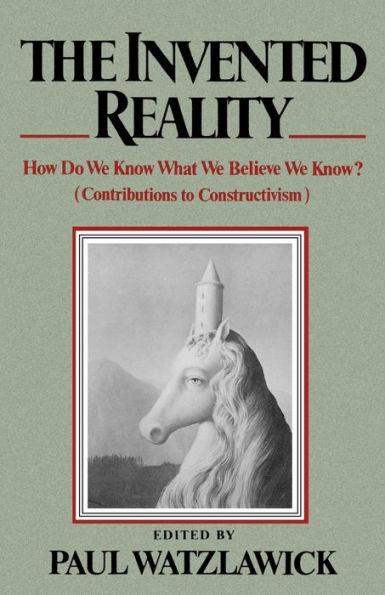
Barnes and Noble
The Invented Reality: How Do We Know What We Believe We Know?
Current price: $25.00
Loading Inventory...
Size: OS
*Product information may vary - to confirm product availability, pricing, shipping and return information please contact Barnes and Noble
Common sense suggests that reality can be
discovered
. In contrast, constructivism postulates that what we call reality is a personal interpretation, a particular way of looking at the world acquired through communication. Reality is, therefore, not discovered, but literally
invented
.
This book examines how individual, social, scientific, and ideological "realities" are constructed, after which we naïvely assume they
are
the "real" realities. Contributors include Ernst von Glaserfeld (known for his cognitive studies with chimpanzees); cybeneticist Heinz von Foerster; David L. Rosenhan (author of
On Being Sane in Insane Places
); microbiologist Francisco J. Varela; and Gabriel Stolzenberg, professor of mathematics at Northeastern University. Paul Watzlawick has contributed commentary, an introduction and an epilogue, and two of the ten essays.
For educated readers, this is the first multidisciplinary presentation of a subject of vital importance to the way we think and live.
discovered
. In contrast, constructivism postulates that what we call reality is a personal interpretation, a particular way of looking at the world acquired through communication. Reality is, therefore, not discovered, but literally
invented
.
This book examines how individual, social, scientific, and ideological "realities" are constructed, after which we naïvely assume they
are
the "real" realities. Contributors include Ernst von Glaserfeld (known for his cognitive studies with chimpanzees); cybeneticist Heinz von Foerster; David L. Rosenhan (author of
On Being Sane in Insane Places
); microbiologist Francisco J. Varela; and Gabriel Stolzenberg, professor of mathematics at Northeastern University. Paul Watzlawick has contributed commentary, an introduction and an epilogue, and two of the ten essays.
For educated readers, this is the first multidisciplinary presentation of a subject of vital importance to the way we think and live.
Common sense suggests that reality can be
discovered
. In contrast, constructivism postulates that what we call reality is a personal interpretation, a particular way of looking at the world acquired through communication. Reality is, therefore, not discovered, but literally
invented
.
This book examines how individual, social, scientific, and ideological "realities" are constructed, after which we naïvely assume they
are
the "real" realities. Contributors include Ernst von Glaserfeld (known for his cognitive studies with chimpanzees); cybeneticist Heinz von Foerster; David L. Rosenhan (author of
On Being Sane in Insane Places
); microbiologist Francisco J. Varela; and Gabriel Stolzenberg, professor of mathematics at Northeastern University. Paul Watzlawick has contributed commentary, an introduction and an epilogue, and two of the ten essays.
For educated readers, this is the first multidisciplinary presentation of a subject of vital importance to the way we think and live.
discovered
. In contrast, constructivism postulates that what we call reality is a personal interpretation, a particular way of looking at the world acquired through communication. Reality is, therefore, not discovered, but literally
invented
.
This book examines how individual, social, scientific, and ideological "realities" are constructed, after which we naïvely assume they
are
the "real" realities. Contributors include Ernst von Glaserfeld (known for his cognitive studies with chimpanzees); cybeneticist Heinz von Foerster; David L. Rosenhan (author of
On Being Sane in Insane Places
); microbiologist Francisco J. Varela; and Gabriel Stolzenberg, professor of mathematics at Northeastern University. Paul Watzlawick has contributed commentary, an introduction and an epilogue, and two of the ten essays.
For educated readers, this is the first multidisciplinary presentation of a subject of vital importance to the way we think and live.


